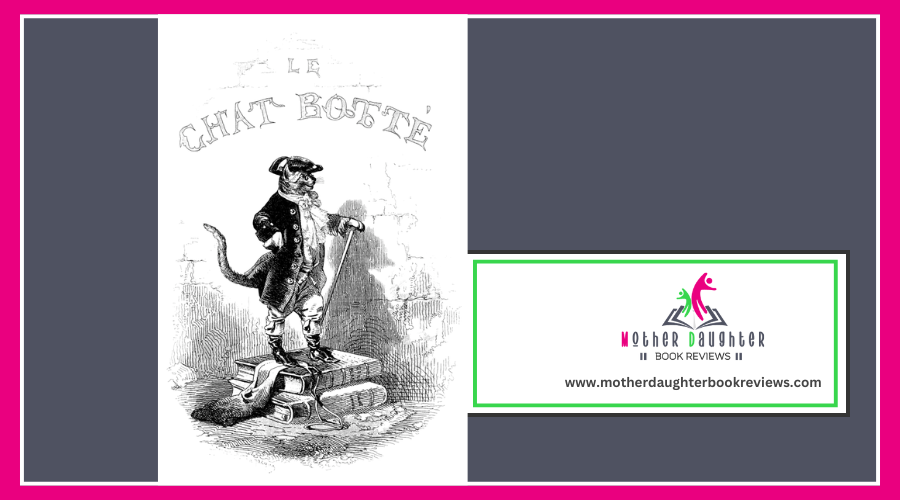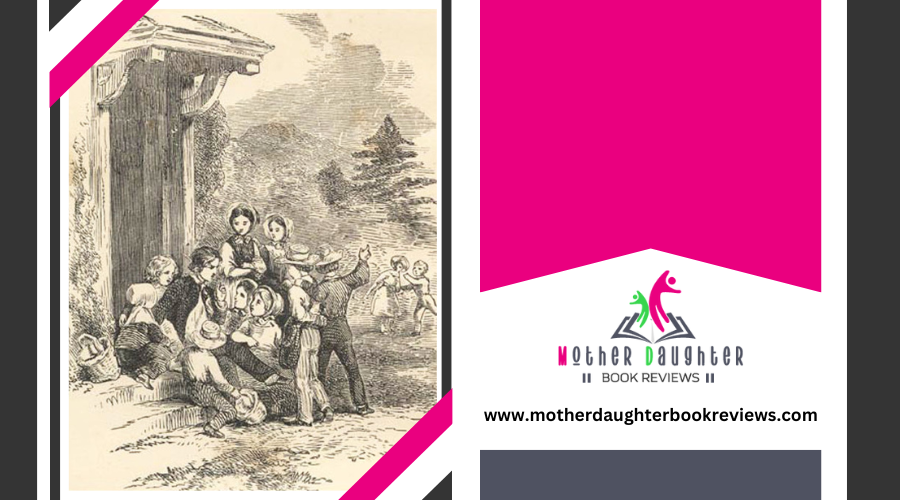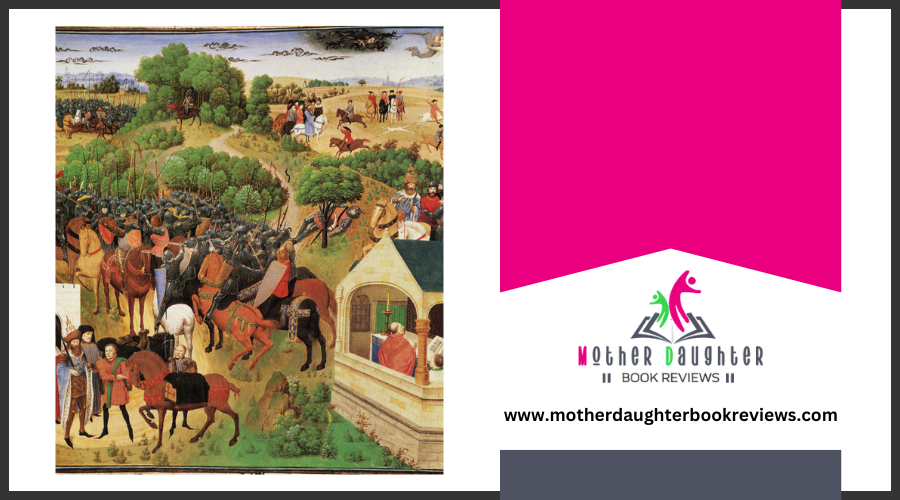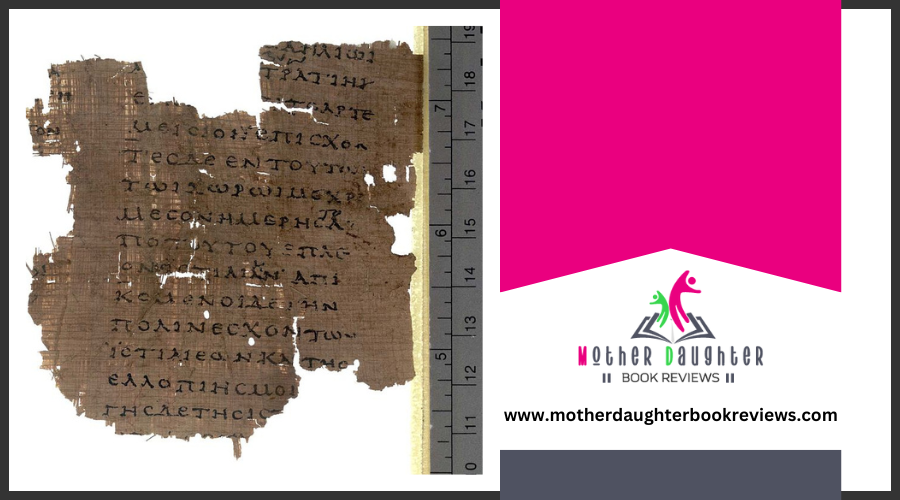Classic Stories From the 19th Century
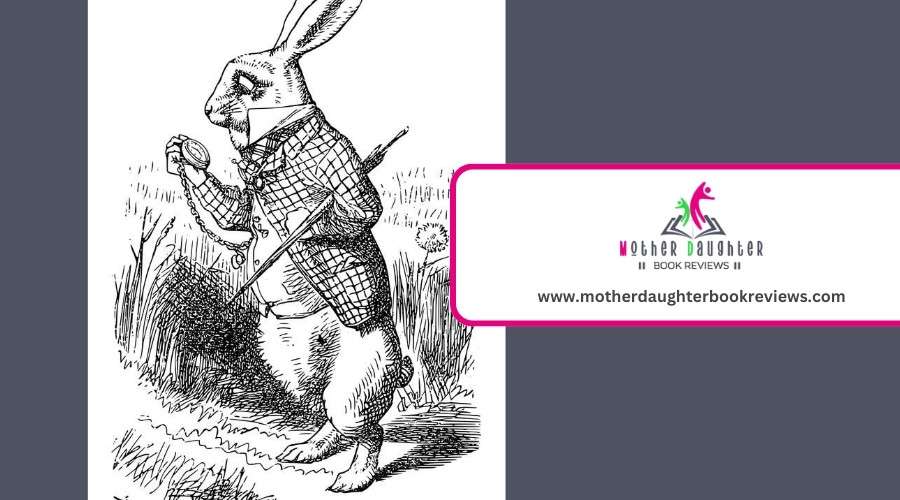
You'll find a wealth of classic stories from the 19th century that capture the spirit of their times and timeless human themes. Mary Shelley's "Frankenstein" blends Gothic horror with ethical dilemmas, while Jane Austen's "Pride and Prejudice" offers sharp social commentary through romantic entanglements. Lose yourself in epic adventures with Melville's "Moby-Dick" and Dickens' "Great Expectations.
Frankenstein by Mary Shelley
Mary Shelley's "Frankenstein" stands as a cornerstone of Gothic literature, blending horror and science fiction in a way that has captivated readers for generations. You'll find yourself drawn into a tale that challenges the boundaries of creation myths and plunges deep into ethical dilemmas. Victor Frankenstein's quest to create life raises questions about science fiction's reach and the responsibilities inherent in playing god.
Victor's transformation from an ambitious scientist to a guilt-ridden recluse highlights the isolation themes pervasive throughout the novel. The creature, on the other hand, evolves from an innocent being into a vengeful figure, embodying the nature vs. nurture debate.
Shelley's mastery of Gothic elements sets a dark, eerie atmosphere that keeps you engaged. The gloomy settings and intense emotional landscapes mirror the inner turmoil of the characters. You'll also see the theme of parental responsibility examined as Victor's neglect of his creation leads to tragic consequences.
Pride and Prejudice by Jane Austen
When diving into "Pride and Prejudice" by Jane Austen, you'll immediately encounter a world of sharp wit, societal expectations, and intricate relationships. Austen's narrative style captivates you with its blend of humor and critique, shedding light on the rigid societal norms of the period. The novel's central themes revolve around social class and the romantic tension between Elizabeth Bennet and Mr. Darcy, making it a timeless exploration of love and prejudice.
Austen's keen observations on social class and the constraints it imposes are evident throughout the story. You'll appreciate how she masterfully portrays the romantic tension while also critiquing the period's societal norms. The novel's enduring appeal lies in its rich character development and the way it addresses universal themes of personal growth and moral integrity within the framework of family dynamics.
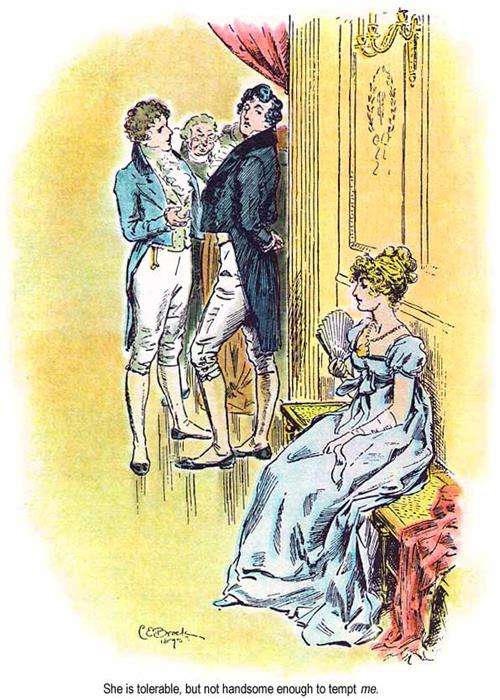
Moby-Dick by Herman Melville
Leaving behind the elegant ballrooms and intricate social dynamics of Austen's world, you now set forth on an epic maritime adventure through Herman Melville's "Moby-Dick." This novel plunges you into the vast, unforgiving seas with Captain Ahab and his relentless pursuit of the elusive white whale, Moby Dick.
As you navigate these treacherous waters, you'll investigate the profound whale symbolism that permeates the narrative. The white whale represents much more than a simple sea creature; it embodies the mysterious and often hostile forces of nature. Captain Ahab's obsession themes reveal his singular focus on revenge, driving him to the brink of madness. His struggle against the whale is not just physical but also a deep-seated battle with man's nature and the limits of human control.
The sea adventures in "Moby-Dick" also probe into the tension between fate versus freewill. Ahab's crew faces an isolation struggle, both physically on the vast ocean and emotionally, as they confront their own existential fears. Ultimately, Ahab's revenge motives lead him down a path of self-destruction, highlighting the perilous consequences of unchecked obsession. Prepare yourself for a voyage that questions the very essence of human existence.
Jane Eyre by Charlotte Brontë
How does one navigate the intricate tapestry of emotions and social constraints that define Charlotte Brontë's "Jane Eyre"? You, as a reader, are immediately drawn into Jane's odyssey from an orphaned child to a strong, independent woman. Brontë's masterful character development guarantees you feel every ounce of Jane's resilience and moral fortitude.
In "Jane Eyre," Brontë provides rich social commentary through Jane's interactions and relationships. Her struggle for self-respect and equality in a rigidly stratified society is both a personal and universal battle. The novel challenges the status quo, questioning the roles and expectations imposed on women during the 19th century.
Consider these key elements that make "Jane Eyre" a timeless classic:
- Character Development: Jane evolves from a mistreated orphan into a confident, self-assured individual, embodying the struggle for personal integrity.
- Social Commentary: The novel critiques Victorian social hierarchies, particularly focusing on gender and class inequalities.
- Emotional Depth: Brontë's intricate portrayal of Jane's inner life adds layers of emotional complexity, making her odyssey both relatable and compelling.
Wuthering Heights by Emily Brontë
While Jane Eyre's odyssey captivates with its emotional and moral strength, Emily Brontë's "Wuthering Heights" introduces you to a world ruled by raw, untamed passions and dark, brooding landscapes. The novel's Gothic elements, including the eerie Wuthering Heights mansion and the desolate moors, set the stage for a tale of forbidden love and vengeance.
You'll find the characters complex and often morally ambiguous. Heathcliff's intense love for Catherine Earnshaw evolves into a destructive obsession, illustrating the darker sides of human nature. Nature symbolism is prominent, with the wild moors reflecting the tumultuous emotions of the characters.
Class struggle adds another layer to the story, as Heathcliff's rise from a foundling to a wealthy, vengeful man highlights societal divisions. The isolation themes are palpable, with characters like Heathcliff and Catherine experiencing profound emotional and physical isolation.
The narrative structure is intricate, featuring unreliable narrators like Nelly Dean and Lockwood. Their biased perspectives make you question the truth of the events unfolding. "Wuthering Heights" challenges you to navigate a labyrinth of emotions, social issues, and dark human impulses, making it a timeless masterpiece.
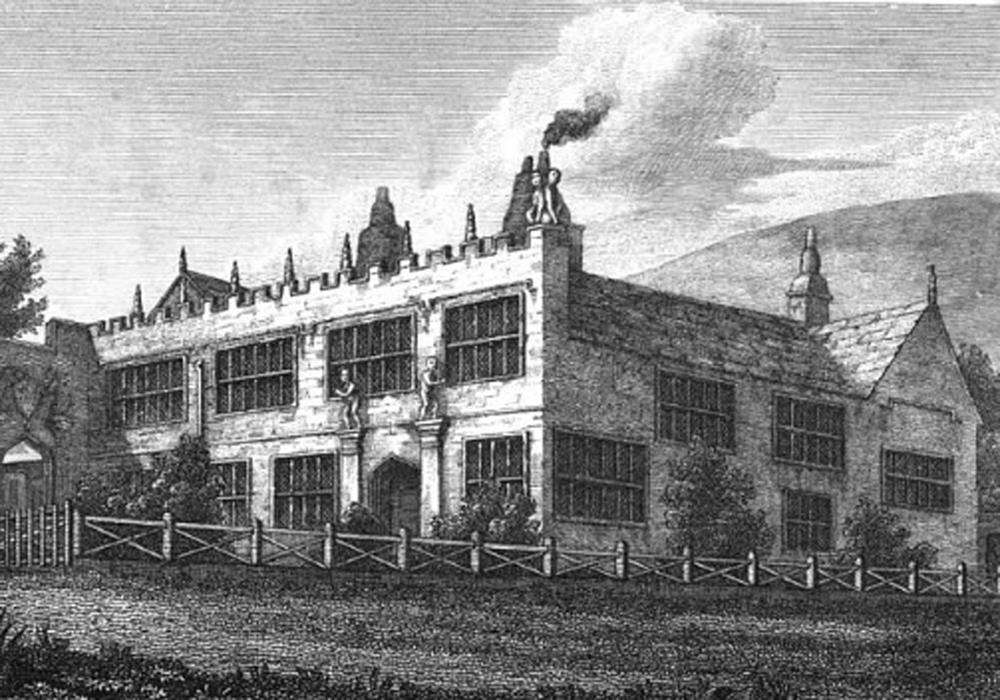
Great Expectations by Charles Dickens
"Great Expectations" by Charles Dickens engulfs you in the life of Pip, an orphan with humble beginnings who dreams of becoming a gentleman. As you follow Pip's transformation, you witness his expedition through the rigid social class structure of Victorian England. From a blacksmith's apprentice to a London gentleman, Pip's life oscillates between hope and disillusionment.
Pip's transformation is marked by several critical events:
- Mysterious Benefactor: Pip's rise in social class begins when he learns about an anonymous benefactor who funds his gentlemanly education and lifestyle.
- Miss Havisham and Estella: His interactions with the reclusive Miss Havisham and her ward Estella expose Pip to the complexities of wealth, love, and social ambition.
- Revelation of Magwitch: The shocking realization that his benefactor is actually the convict Magwitch, not the wealthy Miss Havisham, forces Pip to reevaluate his notions of gentility and gratitude.
Throughout "Great Expectations," Dickens critiques the superficial nature of social class and the often misguided aspirations tied to it. You see Pip grapple with his identity and morals, ultimately realizing that true worth isn't dictated by social standing but by one's character and kindness. Dickens masterfully uses Pip's transformation to illuminate the flaws within societal expectations.
War and Peace by Leo Tolstoy
"War and Peace" by Leo Tolstoy is a monumental epic that investigates the lives of several Russian aristocratic families against the backdrop of the Napoleonic Wars. You're drawn into a world where personal and political dramas intertwine seamlessly. The historical context is rich and carefully detailed, giving you a vivid picture of early 19th-century Russia and the sweeping impact of Napoleon's invasion.
As you examine the novel, character analysis becomes vital. Pierre Bezukhov, an awkward but kind-hearted nobleman, struggles with his search for meaning and identity. His voyage reflects the existential questions Tolstoy poses about life and destiny. Then there's Prince Andrei Bolkonsky, who grapples with disillusionment and the quest for glory, contrasting sharply with Natasha Rostov's youthful exuberance and romantic idealism.
The Picture of Dorian Gray by Oscar Wilde
Oscar Wilde's "The Picture of Dorian Gray" invites you into a world where beauty, vanity, and moral decay intertwine. As you investigate this tale, you'll encounter the intriguing concept of aesthetic morality, where the pursuit of beauty often leads to moral compromise. Wilde masterfully uses portrait symbolism to examine the consequences of living a hedonistic lifestyle.
In the novel, Dorian Gray's portrait serves as a mirror to his soul, reflecting the degradation that his outward appearance conceals. This portrait symbolism is central to understanding the narrative's critique of superficial values. As Dorian remains outwardly youthful and attractive, his portrait becomes increasingly grotesque, embodying the corrupt consequences of his actions.
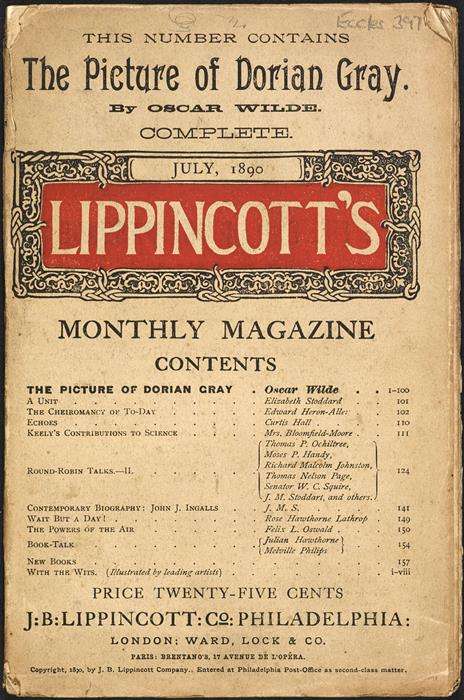
Wrapping Up
Classic stories from the 19th century offer a diverse array of adventure, romance, moral dilemmas, and social commentary. From Mary Shelley's groundbreaking "Frankenstein" to the romantic entanglements of Jane Austen's "Pride and Prejudice," these works explore timeless themes that continue to resonate with readers today. Herman Melville's "Moby-Dick" delves into the depths of obsession and fate, while Charles Dickens' "Great Expectations" critiques social class and personal growth.

